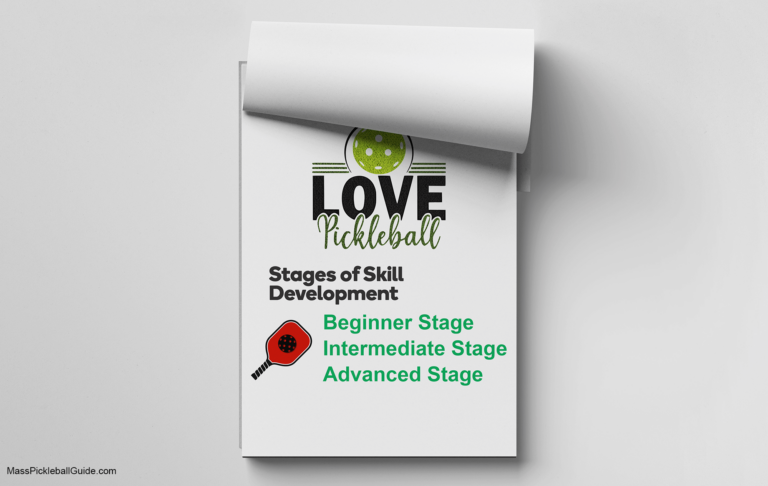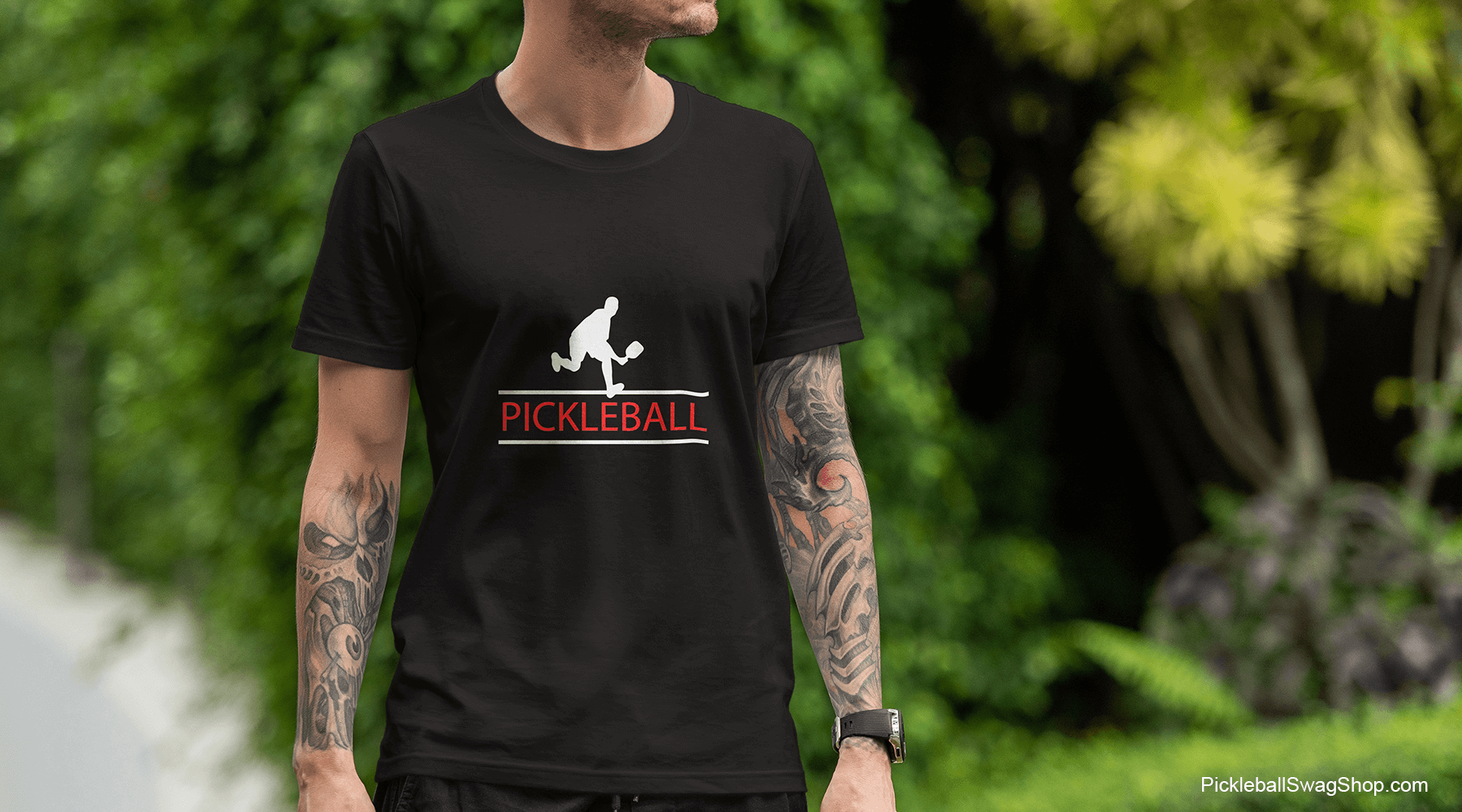Master Pickleball Dinking: Easy Tips for Success
don’t be misled
Dinking in pickleball is an art form, a delicate balance of finesse, control, and patience, essential for mastering the soft game. This strategy often poses challenges for newcomers, as every dink appears as a golden opportunity to steer the rally. However, understanding and employing fundamental strategies can significantly enhance your dinking game, paving the way for pickleball success.
We know what you’re thinking…
OK, this already sounds difficult so let me get the hell off this page. Even if you just play casual pickleball every now and then, you will consistently hear of the dink shot. You’ll at the vey least want to know what it is. Beyond that, you may impress yourself and others once you get the basics and actually use the shot – it is not difficult.
Understand the Basics of Dinking
- Dink Definition: Dinking is a soft shot made at the non-volley zone (aka the kitchen) line, requiring precision and patience.
- Pickleball Dinking Purpose: The main objective of dinking is to keep the ball in play, force the opponent into a mistake, and create an opportunity for an offensive shot.
- Fundamental Techniques: Adopting proper paddle position, maintaining an athletic stance, and keeping the ball in front of the body are crucial for executing successful dinks.
For those new to the game, acquiring a foundational knowledge is key. A bunch of useful pickleball beginner tips can help newcomers navigate through the initial stages of learning.
Develop a Variety of Dinks
- Push Dink: An aggressive dink that puts more pressure on the opponent, making it harder for them to return.
- Dink Volley: A dinking technique that involves hitting the ball out of the air, without letting it bounce first.
- Dead Dink: A softer, less aggressive dink, focusing on placement rather than power, making it harder for opponents to attack.
Exploring a variety of dinks and understanding when to use each type can keep your opponent guessing and give you the upper hand in the game.
Enhancing Dinking Skills
Once the basics are mastered, enhancing your pickleball dinking skills is the next step on the journey to pickleball prowess. Continuous practice, understanding the rules, and fine-tuning your strategies are essential to elevate your soft game.
- Practice Makes Perfect: Regular solo practice sessions can significantly improve your dinking skills, finesse, and control. Check out these effective ways to practice pickleball solo and keep improving your game.
- Dink Variations: Incorporate different types of dinks like push dink, dink volley, and dead dink in your practice routine to understand their dynamics and applications.
- Opponent Pressure: Simulate match scenarios and practice applying pressure on the opponent, forcing them into errors and seizing the opportunity to make an offensive shot.
Mastering Complementary Shots and Strategies
- Know the Rules: Familiarize yourself with the non-volley zone line (kitchen line) rules to avoid faults and use it strategically for your dinks. For a detailed overview of the kitchen rules, visit Pickleball Kitchen Rules.
- Paddle Positioning: Abide by the rules regarding paddle position and alignment to avoid mistakes and maintain control during the game.
- Athletic Stance: Ensure your stance and body positioning adhere to the regulations, providing a solid foundation for your dinking strategies.
- Mastering the Erne Shot: Adding another layer to your dinking strategy by mastering the Erne shot can be a game-changer. Learn how to master the Erne shot for a more versatile gameplay.
- Executing the Drop Shot: Understanding and effectively executing the drop shot can enhance your dinking strategy, providing more opportunities to apply opponent pressure. Dive deeper into executing the difficult drop shot in pickleball for a strategic advantage.
Embracing Patience, Control, and Game Awareness
- Game Awareness and Patience: Develop the skill to read your opponent’s body language and predict their next move, allowing you to respond effectively. Patience is a virtue in the soft game. Wait for the right moment to transition from a dink to an aggressive shot, catching the opponent off-guard.
- Stay in Command: Maintain control of the rally, dictate the pace, and build pressure on the opponent, leading them to make mistakes and create scoring opportunities for you.
Final Thoughts
Remember, every dink is an opportunity to apply pressure, control the game, and strategically move towards victory. Keep practicing, stay patient, embrace the learning, and you’ll soon be dancing your way through the dinking ballet in pickleball, leaving your opponents in awe of your finesse and strategic prowess.







